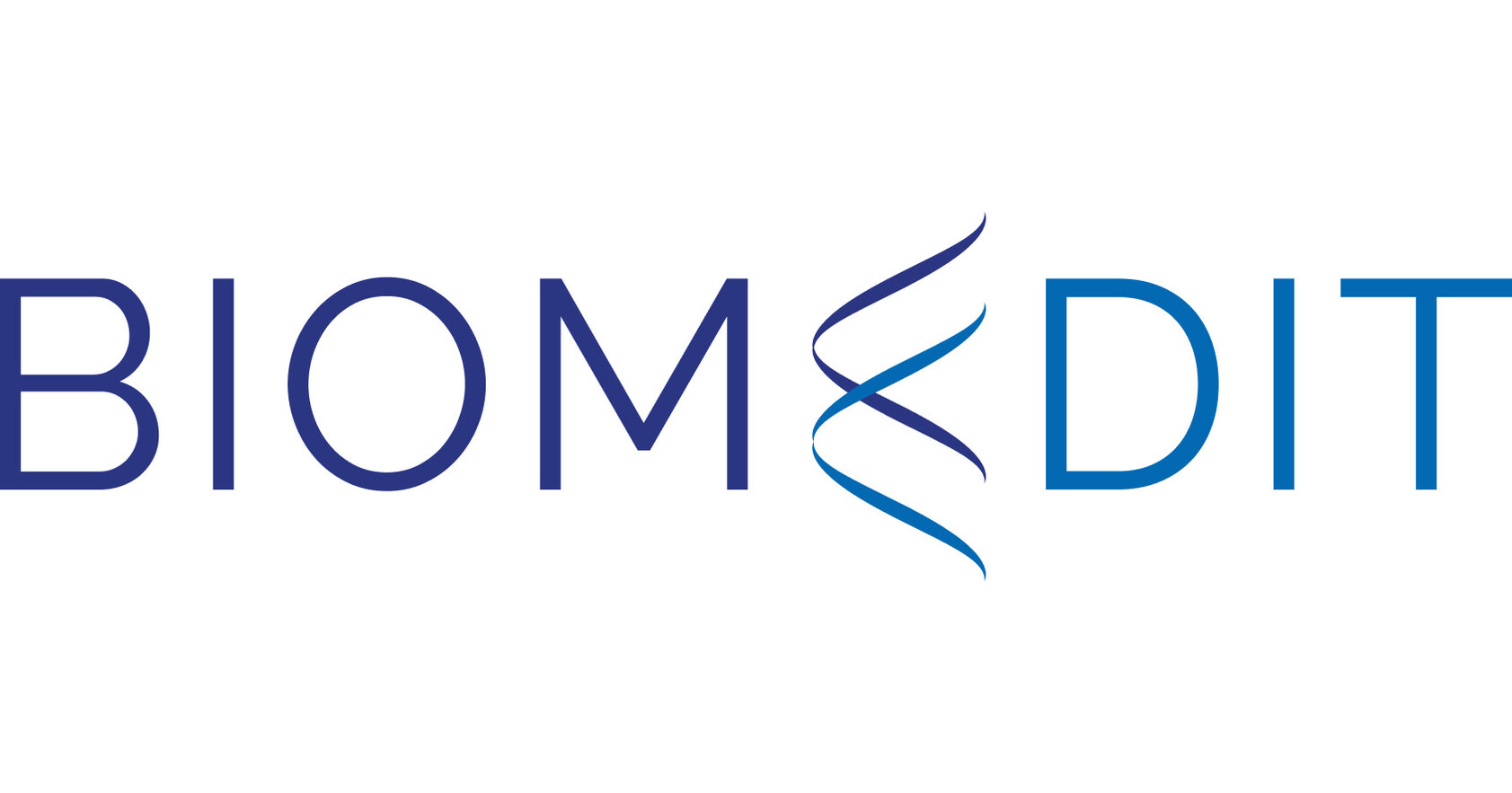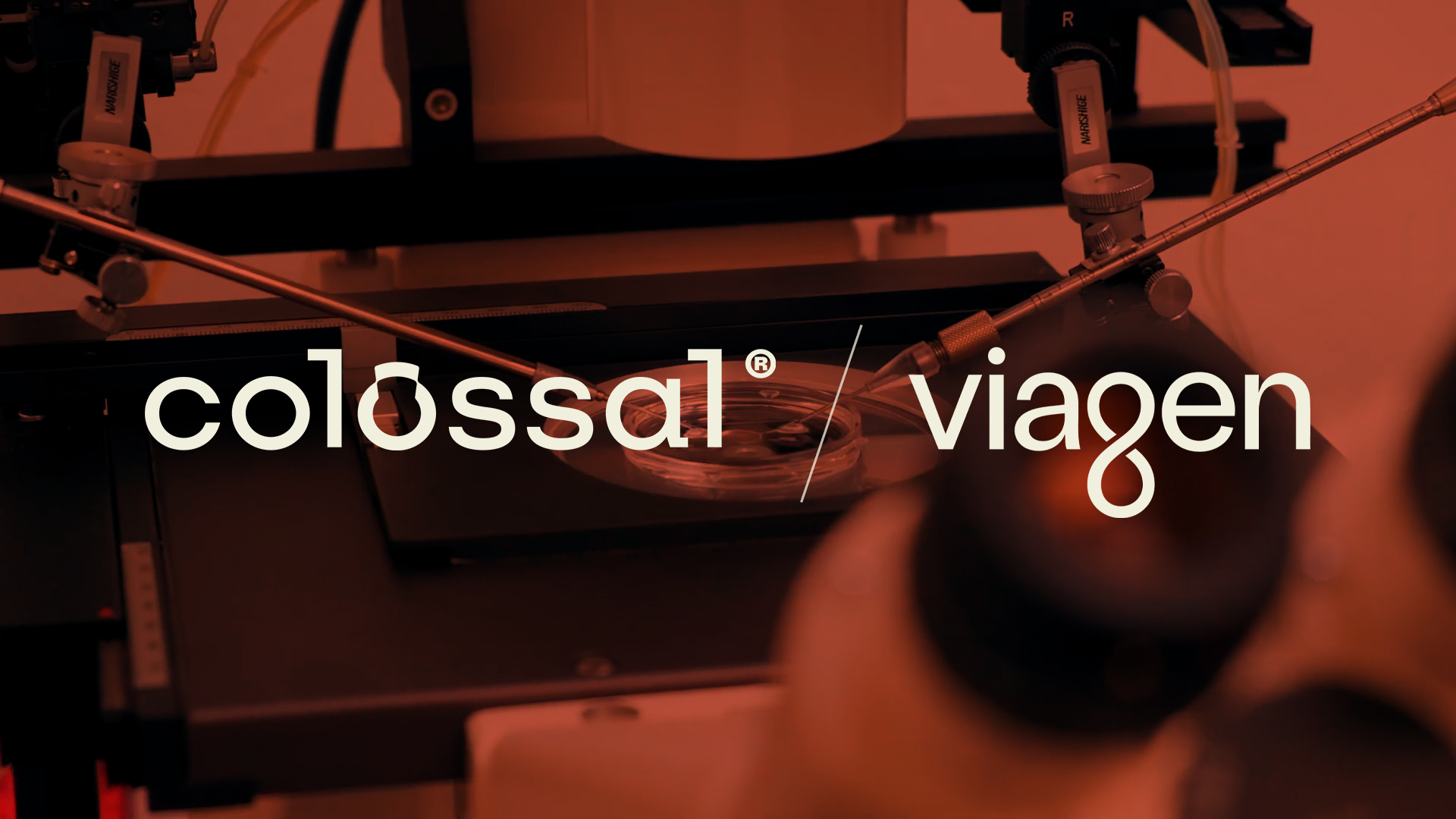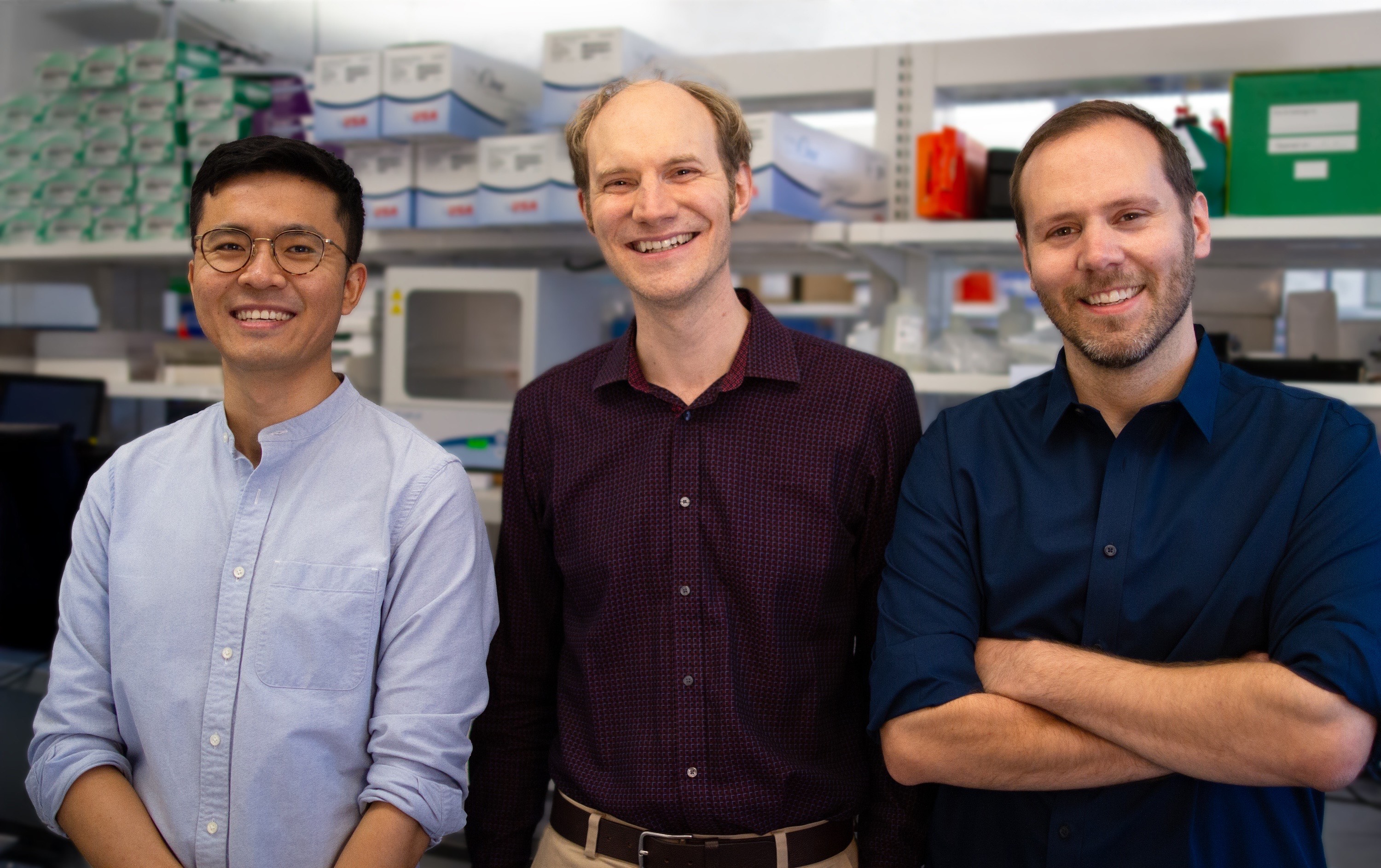
From brain prostheses to the 3D brain: Ed Boyden on the future of neuroscience
From brain prostheses to the 3D brain: Ed Boyden on the future of neuroscience
Recently I had a chance to chat with MIT neuroscience wunderkind Ed Boyden. Boyden, along with Bryan Johnson of OS Fund and Jane Metcalfe of NEO.LIFE, participated in the keynote fireside chat Neuroscience + synthetic biology: The neobiological revolution at SynBioBeta 2018 last month.Anywhere Boyden goes, he is undoubtedly the smartest person in the room. The 39-year-old Texas native graduated from MIT at age 19 with three degrees – a bachelor’s and master’s in electrical engineering and computer science, plus a bachelor’s in physics – before moving to Stanford University where he earned a PhD in neuroscience.Neuroscience is, of course, a hot topic in Silicon Valley. Several marquee names have launched projects aimed at creating brain-computer interfaces, most notably Bryan Johnson’s Kernel, Elon Musk’s Neuralink, and Mark Zuckerberg’s Building 8.Though Boyden has advised a few startups, including Kernel, his abiding interest in neuroscience is not commercial. “I’m not a business person,” he tells me. In fact, his interest goes beyond scientific discovery. He wants to better understand the human condition and alleviate the suffering caused by neurological disorders.
Seeking modern answers to ancient questions
Boyden recalls attending the World Economic Forum in Davos, Switzerland, in 2013, and hearing former Israeli President Shimon Peres lament how humanity has so far failed to bring peace to the world. At one point, Peres looked up and said, “I think it has to be the brain. That’s the thing we don’t understand yet.”This struck a chord with Boyden. “Over the years,” he says, “it really resonated with my ideas about how the brain generates the mind – how it leads to joy and creativity, but also to irrationality and ugliness of human behavior.”Boyden hopes that new technologies for recording and controlling neural activity will someday lead to prosthetics that can restore lost senses, control pathological neural dynamics, and augment cognition and empathy.But to many, the prospect of prosthetics that cure brain disorders seems out of reach. As a skeptic once put it, if our brains were simple enough to be understood, we would probably not be smart enough to do it. Indeed, the challenge is overwhelming: Our brains contain about 100 billion neurons, with trillions of connections, coordinated with millisecond precision, all packed together so densely that they cannot be adequately studied with an optical microscope.But Boyden has never shied away from solving big problems. “My long-term goal is to understand the brain with enough precision that we can simulate the computations that occur during decision-making or emotion,” he says. “Maybe we could even define what a thought is, computationally.” To achieve this, Boyden believes, we must do three things: watch the brain’s electrical activity and chemical signaling in action, map the wiring of its neural circuits, and perturb it with an unprecedented level of detail.

Ed Boyden shows Canadian Prime Minister Justin Trudeau his expansion microscopy technology. Photo credit: Leanne Wang.
Science fiction, or the future of neuroscience?
If Boyden’s ideas sound like science fiction, consider what he and his colleagues have achieved so far. Boyden gained widespread recognition while in grad school, when he and his collaborator Karl Deisseroth invented the field of optogenetics. By genetically expressing light-sensitive ion channels and pumps in neurons, they created a light switch that precisely controls when those neurons fire or remain quiet. Optogenetics is now widely used by neuroscientists as a research tool and is thought by some to have therapeutic applications as well.

Optogenetics: molecules enabling neural control by lightThen, in 2015, Boyden achieved another breakthrough when he, along with graduate students Fei Chen and Paul Tillberg, invented the field of expansion microscopy. The laws of physics limit the resolution of optical microscopes. Therefore, when studying the tiny structures that are important to biological function, researchers previously had to rely on electron microscopes or super-resolution microscopes, which are highly specialized and expensive.

Expansion microscopy: physical magnification with nanoscale precision.Expansion microscopy, on the other hand, is inexpensive and easy to use. It was inspired by the work of MIT physicist Toyoichi Tanaka, who in the 1970s discovered a family of “smart” gels that undergo remarkable phase transitions in specific environmental conditions. These gels are now widely used in industrial applications, but they are probably best known for being the magic ingredient in disposable diapers.Boyden and his students devised a way to bind smart gels to biological tissue samples. Then, they simply added water to make the samples expand 100x in volume while retaining their original molecular arrangement, making them easily visible under an optical microscope. As an added bonus, they could stain specific molecules in the sample to identify their density and distribution in relation to the biological structures of interest.Because expansion microscopy can generate extensive, detailed data sets from biological samples, researchers now use it for machine learning to diagnose diseases. For instance, Boyden and his colleagues have used it to distinguish early-stage breast lesions with high or low risk of progressing to cancer, a task that is challenging for humans.“Cancer biopsies are just the beginning,” he says. “We have a new pipeline for taking clinical samples and expanding them, and we are finding that we can apply expansion to many different diseases. Expansion will enable computational pathology to take advantage of more information in a specimen than previously possible.”
The basis for a computer model of the brain
In his neuroscience research, Boyden aims to combine expansion microscopy with voltage-signaling molecules to create a 3D image of the brain, and use optogenetics to perturb its neural circuits. This, he believes, could lead to a theoretical understanding that is sufficiently detailed to serve as the basis for a computer model of the brain.https://youtu.be/WDE2uTQG2KgHe is also enthusiastic about a more recent breakthrough that he and his MIT colleagues have made, known as temporal interference brain stimulation. This technique might offer a noninvasive alternative to deep brain stimulation. While deep brain stimulation has successfully treated many patients suffering from Parkinson’s disease, obsessive compulsive disorder, epilepsy, or depression, it requires implanting electrodes in the brain.Temporal interference uses electrodes on the outside of the patient’s head that transmit high-frequency electrical fields into the brain. These electrical fields oscillate too quickly for neurons to respond to them. But they interfere with one another in such a way that, where they intersect, they produce a small region of low-frequency current that can stimulate neurons locally without affecting the surrounding tissue. Unlike other noninvasive techniques for brain stimulation, temporal interference can reach deep inside the brain, yet it does so without disrupting neurons close to the surface.Temporal interference has only been tested in mice so far, but it can potentially offer insights into how the human brain works and perhaps treat neurological disorders as well.Boyden is certainly a wellspring of innovative ideas -- but more than this, he is a scientific pioneer. Not content to let the human mind remain forever mysterious, he is building a toolkit to explore it with scientific rigor. When his work is done, our understanding of the world and ourselves will never be the same.



.svg)









.jpg)

.gif)